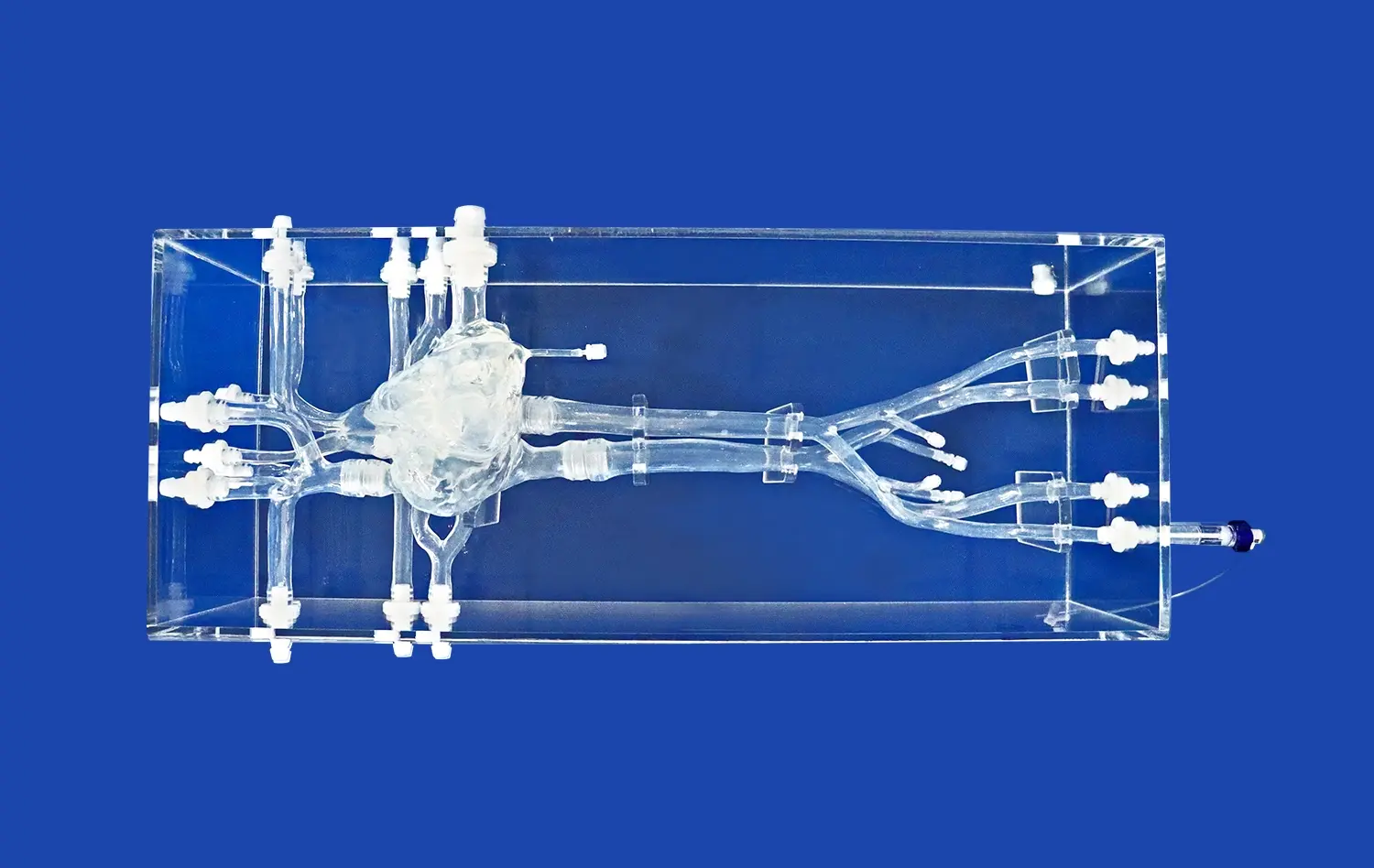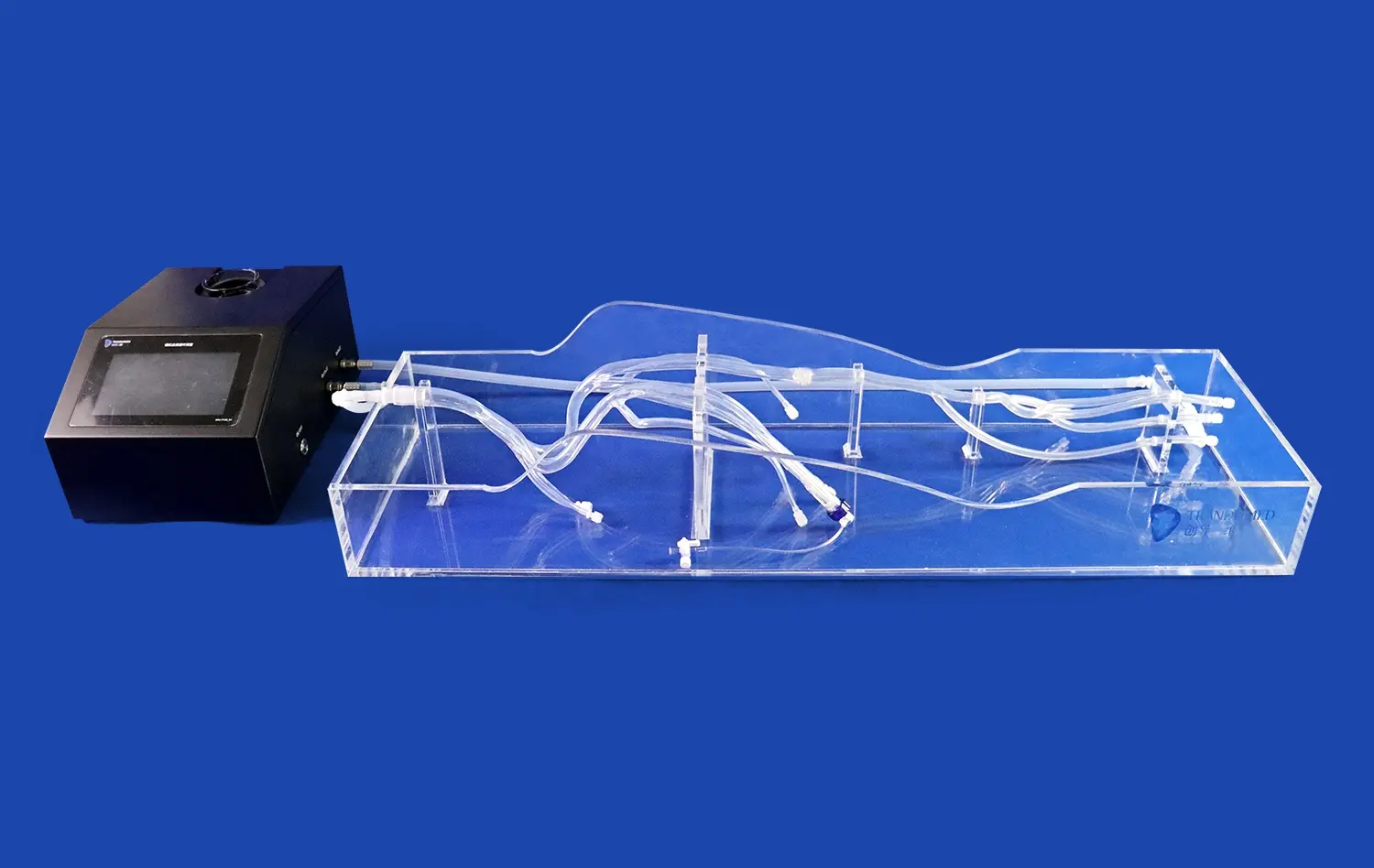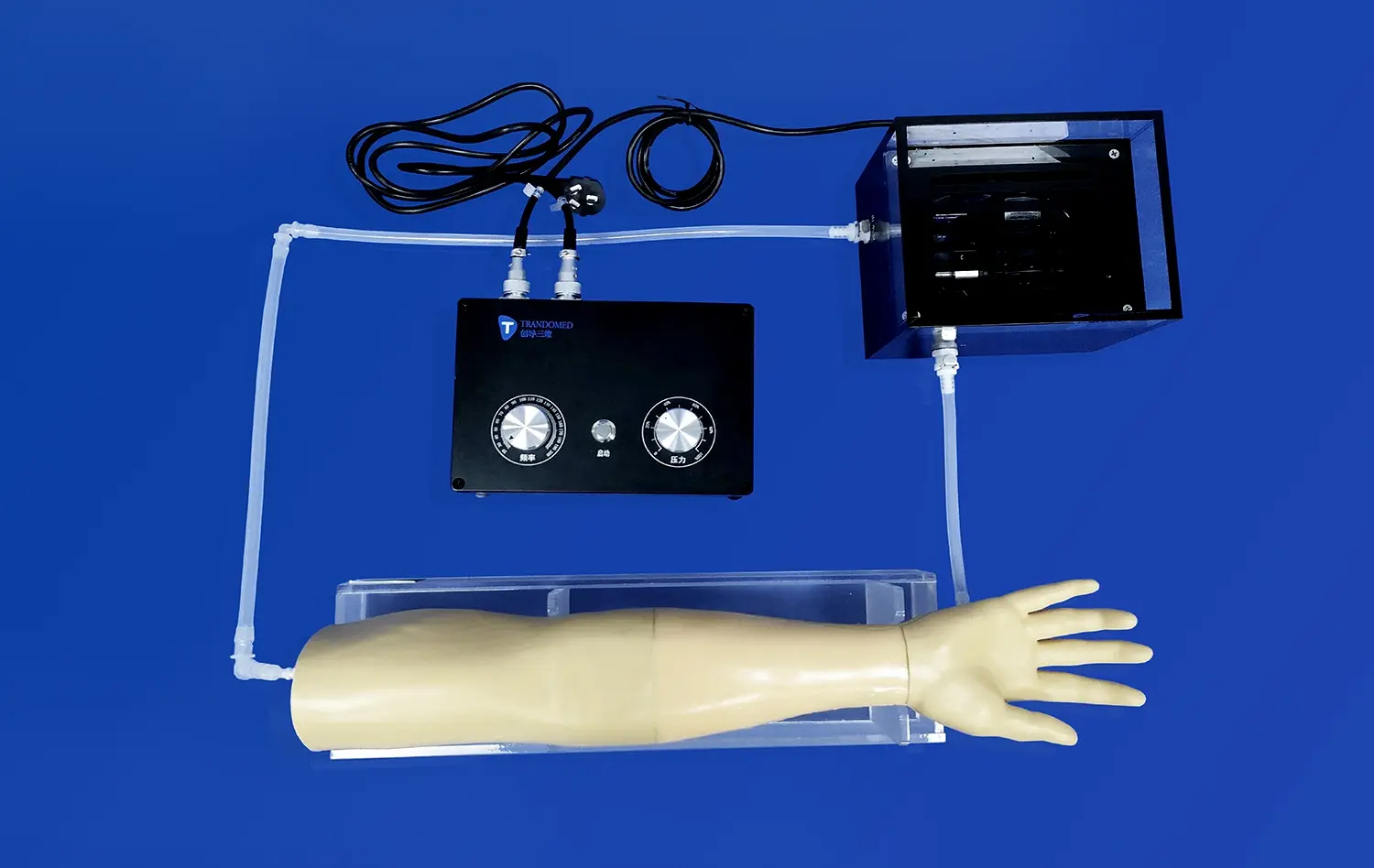Why Neurovascular Models Are Crucial for Understanding Blood-Brain Barrier Function?
2024-12-03 13:17:25
Neurovascular models have emerged as indispensable tools in unraveling the complexities of the blood-brain barrier (BBB). These sophisticated representations provide researchers with unprecedented insights into the intricate mechanisms governing the BBB's function, structure, and regulation. By accurately replicating the unique microenvironment of cerebral blood vessels and their surrounding tissues, neurovascular models enable scientists to explore the BBB's role in maintaining brain homeostasis, regulating molecular transport, and protecting against harmful substances. Furthermore, these models facilitate the study of BBB dysfunction in various neurological disorders and aid in developing targeted therapies. The ability to manipulate and observe BBB dynamics in controlled settings makes neurovascular models invaluable for advancing our understanding of this critical interface between the circulatory system and the central nervous system.
What is the Blood-Brain Barrier and Why is It Important?
The blood-brain obstruction is a profoundly specialized interface between the circulatory framework and the central apprehensive framework. It serves as a gatekeeper, fastidiously controlling the section of substances between the circulatory system and the brain tissue. This particular porousness is vital for keeping up the fragile adjust of the neural microenvironment and ensuring the brain from possibly destructive operators.
Structure and Components of the Blood-Brain Barrier
The BBB is made up of numerous critical elements that work together to ensure its integrity and effectiveness. At its core are specialized endothelial cells that line the cerebral blood arteries. These cells are distinguished by tight connections that create a nearly impenetrable barrier to most substances. Pericytes, astrocytes, and neurons form the neurovascular unit, which supports the endothelial layer. This sophisticated architecture enables precise control over what enters and exits the brain parenchyma.
Physiological Significance of the Blood-Brain Barrier
The importance of the BBB cannot be overstated. It plays a vital role in brain function by:
- Maintaining a stable environment for neural function
- Protecting the brain from toxins and pathogens
- Regulating the transport of essential nutrients and waste products
- Facilitating communication between the central nervous system and the periphery
Any disruption to the BBB's integrity can have severe consequences, potentially leading to various neurological disorders and compromising brain health.
How Do Neurovascular Models Replicate Blood-Brain Barrier Function?
Researchers may examine this important interface with the use of neurovascular models, which are made to resemble the intricate structure and function of the BBB. Simple in vitro systems to complex three-dimensional representations that closely mimic the in vivo environment are examples of these models.
In Vitro Models: From 2D to 3D
Traditional 2D cell culture models have been invaluable in initial BBB studies. However, the advent of 3D models has revolutionized the field. These advanced systems incorporate multiple cell types arranged in a three-dimensional architecture that more accurately reflects the BBB's natural state. 3D printed silicone neurovascular models, in particular, offer unprecedented levels of precision and customization.
Microfluidic Devices and Organ-on-a-Chip Technology
Cutting-edge microfluidic devices and organ-on-a-chip platforms represent the next frontier in neurovascular modeling. These systems integrate fluid dynamics, allowing researchers to study the BBB under more physiologically relevant conditions. By incorporating flow and shear stress, these models provide a more accurate representation of the dynamic BBB environment.
How Do Neurovascular Models Contribute to Understanding Blood-Brain Barrier Recovery and Repair?
Neurovascular models play a pivotal role in elucidating the mechanisms of BBB recovery and repair following injury or disease. By giving controlled situations for experimentation, neurovascular models permit analysts to explore the complex forms included in BBB rebuilding and create potential restorative techniques.
Studying BBB Dysfunction and Regeneration
Neurovascular models enable scientists to simulate various pathological conditions that affect BBB integrity. This capability is crucial for understanding how the BBB responds to insults such as ischemia, inflammation, or traumatic brain injury. Researchers can observe the breakdown of tight junctions, alterations in transport mechanisms, and changes in cellular interactions in real-time. Moreover, these models facilitate the study of regenerative processes, including the formation of new blood vessels and the re-establishment of BBB functionality.
Developing and Testing Therapeutic Interventions
The use of neurovascular models in drug discovery and development is transforming the field of neuropharmacology. These models serve as invaluable platforms for screening potential therapeutic compounds and assessing their ability to cross the BBB. By replicating the BBB's selective permeability, researchers can evaluate the efficacy of novel drug delivery systems designed to overcome this formidable barrier. Additionally, neurovascular models allow for the investigation of cell-based therapies aimed at promoting BBB repair and regeneration.
Conclusion
Neurovascular models have revolutionized our approach to examining the blood-brain obstruction, advertising exceptional experiences into its structure, work, and part in keeping up brain wellbeing. These modern apparatuses empower analysts to investigate BBB flow in controlled settings, progressing our understanding of neurological clutters and clearing the way for inventive helpful methodologies. As innovation proceeds to advance, the improvement of progressively precise and complex neurovascular models guarantees to assist open the secrets of the BBB, eventually driving to progressed treatments for a wide run of neurological conditions.
Contact Us
To learn more about our cutting-edge 3D printed silicone neurovascular models and how they can enhance your research, please contact us at jackson.chen@trandomed.com. Our team of experts is ready to assist you in advancing your understanding of the blood-brain barrier and its critical functions.
References
Abbott, N. J., Patabendige, A. A., Dolman, D. E., Yusof, S. R., & Begley, D. J. (2010). Structure and function of the blood-brain barrier. Neurobiology of Disease, 37(1), 13-25.
Helms, H. C., Abbott, N. J., Burek, M., Cecchelli, R., Couraud, P. O., Deli, M. A., ... & Brodin, B. (2016). In vitro models of the blood-brain barrier: An overview of commonly used brain endothelial cell culture models and guidelines for their use. Journal of Cerebral Blood Flow & Metabolism, 36(5), 862-890.
Vatine, G. D., Barrile, R., Workman, M. J., Sances, S., Barriga, B. K., Rahnama, M., ... & Svendsen, C. N. (2019). Human iPSC-derived blood-brain barrier chips enable disease modeling and personalized medicine applications. Cell Stem Cell, 24(6), 995-1005.
Adriani, G., Ma, D., Pavesi, A., Kamm, R. D., & Goh, E. L. (2017). A 3D neurovascular microfluidic model consisting of neurons, astrocytes and cerebral endothelial cells as a blood-brain barrier. Lab on a Chip, 17(3), 448-459.
Deosarkar, S. P., Prabhakarpandian, B., Wang, B., Sheffield, J. B., Krynska, B., & Kiani, M. F. (2015). A novel dynamic neonatal blood-brain barrier on a chip. PloS One, 10(11), e0142725.
Banerjee, J., Shi, Y., & Azevedo, H. S. (2016). In vitro blood-brain barrier models for drug research: state-of-the-art and new perspectives on reconstituting these models on artificial basement membrane platforms. Drug Discovery Today, 21(9), 1367-1386.

_1735798438356.webp)













